quinta-feira, 9 de junho de 2011
O Grande Livro do Ocultismo (Volumes I & II)
( http://www.wook.pt/ficha/o-grande-livro-do-ocultismo/a/id/111706 )
( http://www.wook.pt/ficha/o-grande-livro-do-ocultismo-ii/a/id/111715 )
Marcadores:
Arthur Edward Waite,
black magic,
books,
ceremonial magic,
goetia,
grimoires,
magic,
novalis,
witchcraft
Tratado Elementar de Magia Prática
Gerard Encausse was born at Corunna (A Coruña) in Spain on July 13, 1865, of a Spanish mother and a French father, Louis Encausse, a chemist. His family moved to Paris when he was four years old, and he received his education there.
As a young man, Encausse spent a great deal of time at the Bibliothèque Nationale studying the Kabbalah, occult tarot, the sciences of magic and alchemy, and the writings of Eliphas Lévi. He joined the French Theosophical Society shortly after it was founded by Madame Blavatsky in 1884 - 1885, but he resigned soon after joining because he disliked the Society's emphasis on Eastern occultism. In 1888, he co-founded his own group, the Kabbalistic Order of the Rose-Croix. That same year, he and his friend Lucien Chamuel founded the Librarie du Merveilleux and its monthly revue L'Initiation, which remained in publication until 1914.
Encausse was also a member of the Hermetic Brotherhood of Light and the Hermetic Order of the Golden Dawn temple in Paris, as well as Memphis-Misraim and probably other esoteric or paramasonic organizations, as well as being an author of several occult books. Outside of his paramasonic and martinist activities he was also a spiritual student of the French spiritualist healer, Anthelme Nizier Philippe, "Maître Philippe de Lyon".
Despite his heavy involvement in occultism and occultist groups, Encausse managed to find time to pursue more conventional academic studies at the University of Paris. He received his Doctor of Medicine degree in 1894 upon submitting a dissertation on Philosophical Anatomy. He opened a clinic in the rue Rodin which was quite successful.
Encausse visited Russia three times, in 1901, 1905, and 1906, serving Tsar Nicholas II and Tsarina Alexandra both as physician and occult consultant. In October 1905, he allegedly conjured up the spirit of Alexander III, the Tsar Nicholas's father, who prophesied that the Tsar would meet his downfall at the hands of revolutionaries. Encausse's follower allege that he informed the Tsar that he would be able to magically avert Alexander's prophesy so long as Encausse was alive : Nicholas kept his hold on the throne of Russia until 141 days after Papus's death.
Although Encausse seems to have served the Tsar and Tsarina in what was essentially a shamanic capacity, he was later curiously concerned about their heavy reliance on occultism to assist them in deciding questions of government. During their later correspondence, he warned them a number of times against the influence of Rasputin.
When World War I broke out, Encausse joined the French army medical corps. While working in a military hospital, he contracted tuberculosis and died on October 25, 1916, at the age of 51.
Extract text taken from: http://en.wikipedia.org/wiki/G%C3%A9rard_Encausse
Marcadores:
astrology,
books,
editora pensamento,
grimoires,
magic,
occult sciences,
Papus
Dogma e Ritual de Alta Magia
Dogme et Rituel de la Haute Magie (Português: Dogma e Ritual de Alta Magia) foi o título do livro por Eliphas Lévi, tratado em ritual de magia, que apareceu em 1855.
Ele incluiu uma tradução do Nuctemeron (ou Nuctameron), um trabalho supostamente escrito por Apolônio de Tiana.
Em Dogme et Rituel de la Haute Magie de Lévi, foi traduzido para o Inglês por Arthur Edward Waite, como Transcendental Magic, its Doctrine and Ritual, de 1910 (Mágica Transcendental ,sua Doutrina e Ritual. Waite acrescentou um prefácio biográfico sobre Levi.
Texto retirado daqui: http://pt.wikipedia.org/wiki/Dogme_et_Rituel_de_la_Haute_Magie
Marcadores:
books,
Éliphas Lévi,
grimoires,
madras editora,
magic,
qabalah
Nostradamus - A Magia Branca e a Magia Negra
Michel de Nostredame ou Miquèl de Nostradama,[1] mais conhecido sob o nome de Nostradamus (Saint-Rémy-de-Provence, 14 de dezembro de 1503 ou 21 de dezembro de 1503[2] — Salon-de-Provence, 2 de julho de 1566), foi um apotecário e médico da Renascença que praticava a alquimia (como muitos dos médicos do século XVI). Ficou famoso por sua suposta capacidade de vidência. Sua obra mais famosa, As Profecias, é composta de versos agrupados em quatro linhas (quatrains), organizados em blocos de cem (centuries); algumas pessoas acreditam que estes versos contém previsões codificadas do futuro[3].
Sofria de epilepsia psíquica, de gota e de insuficiência cardíaca. Morreu em 2 de julho de 1566 em Salon-de-Provence, vítima de um edema cárdio-pulmonar.
Extrato retirado daqui: http://pt.wikipedia.org/wiki/Nostradamus
O Verdadeiro Livro de São Cipriano
Livro de São Cipriano é um grimório publicado em diversos países, inclusive no Brasil pela Editora Eco, do Rio de Janeiro, que contém diversos rituais de ocultismo, mais especificamente magias (branca e negra), com múltiplas finalidades, inclusive para o quotidiano.
O Livro de São Cipriano hoje é uma verdadeira coleção, todos afirmando que são os verdadeiros livros de São Cipriano, mas, na verdade, São Cipriano só escreveu um: Livro de São Cipriano de Capa Preta. [carece de fontes?]
A lenda de São Cipriano, o feiticeiro, confunde-se com São Cipriano de Cartago, santificado pela Igreja Católica, conhecido como o Papa Africano. Apesar do abismo histórico que os afasta, as lendas combinam-se e os Ciprianos, muitas vezes, tornam-se um só na cultura popular. É comum encontrarmos fatos e características pessoais atribuídas equivocadamente. Além dos mesmos nomes, os mártires coexistiram, mas em regiões distintas.
Cipriano, o feiticeiro, é celebrado no dia 2 de outubro. Foi um homem que dedicou boa parte de sua vida ao estudo das ciências ocultas. Após deparar-se com a jovem Justina, converteu-se ao cristianismo. Martirizado e canonizado, sua popularidade cresceu devido ao famoso Livro de São Cipriano, um compilado de rituais de magia.
Extrato retirado daqui: http://pt.wikipedia.org/wiki/Livro_de_S%C3%A3o_Cipriano
Marcadores:
books,
divination,
europa-américa,
folk tales,
grimoires,
occult,
saints,
São Cipriano,
witchcraft
Subscrever:
Mensagens (Atom)













.jpg)
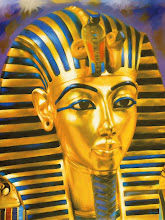.jpg)

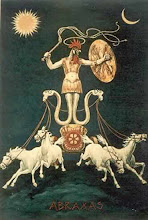

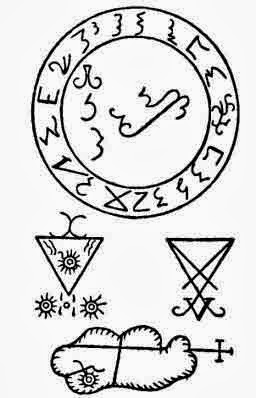



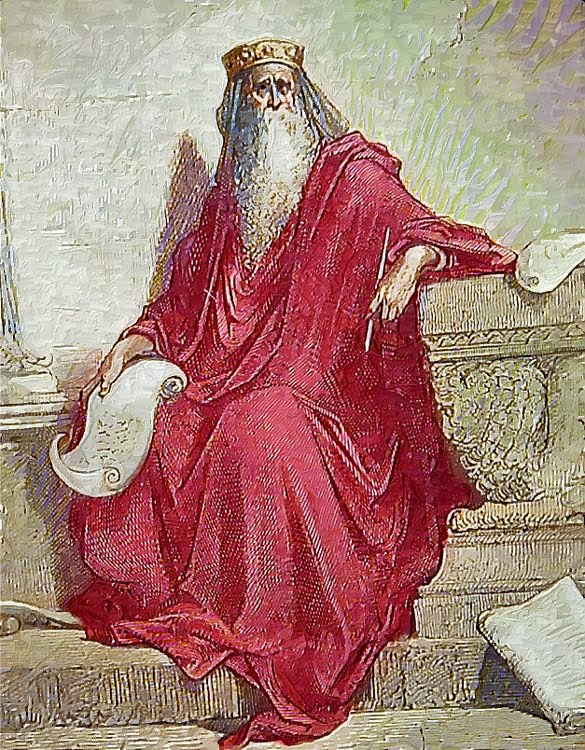
+001.jpg)

+001.jpg)
+001.jpg)
+001.jpg)
+001.jpg)
+001.jpg)






+001.jpg)

+001.jpg)








+001.jpg)
+001.jpg)
+001.jpg)
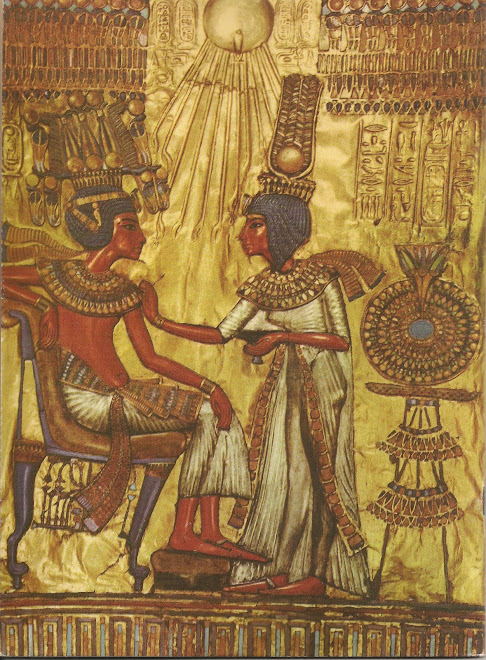.jpg)


